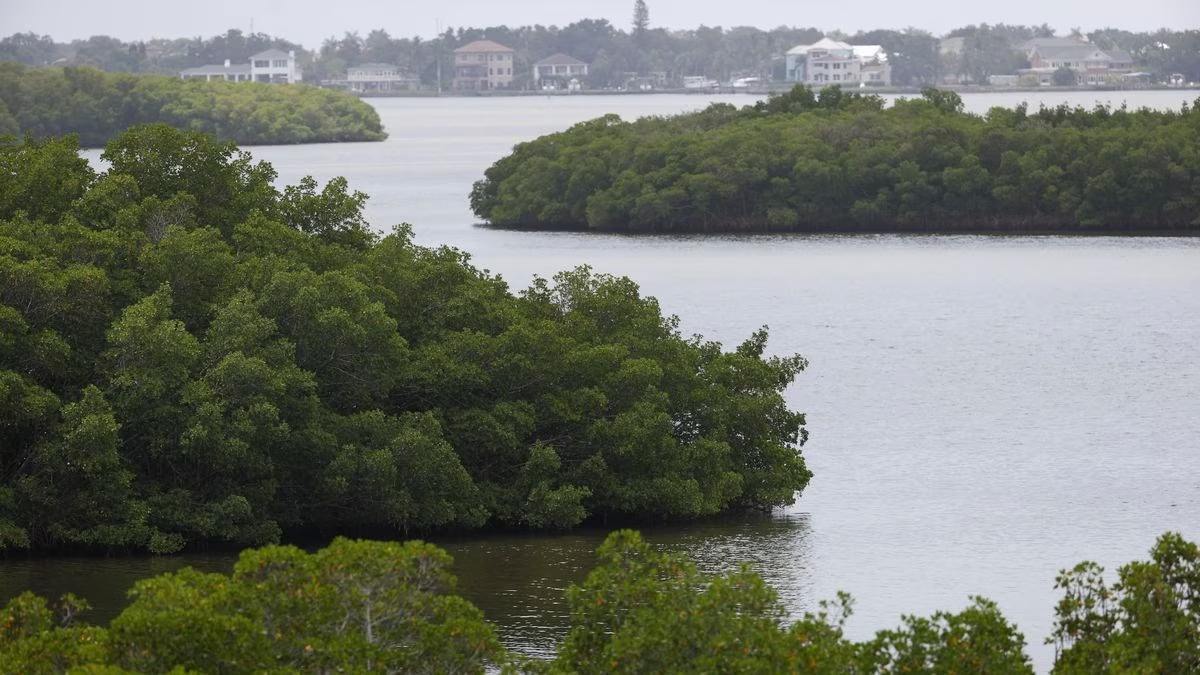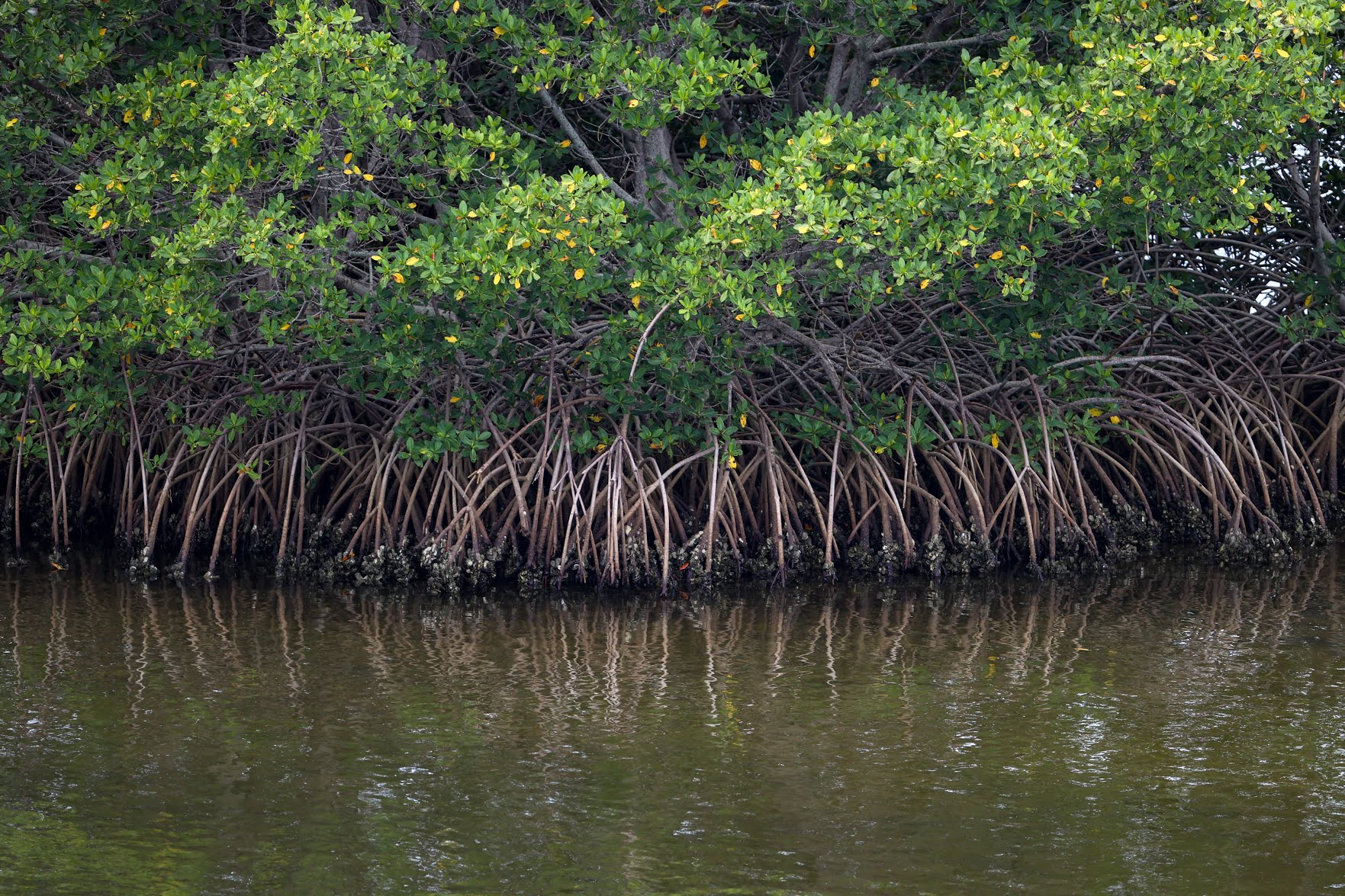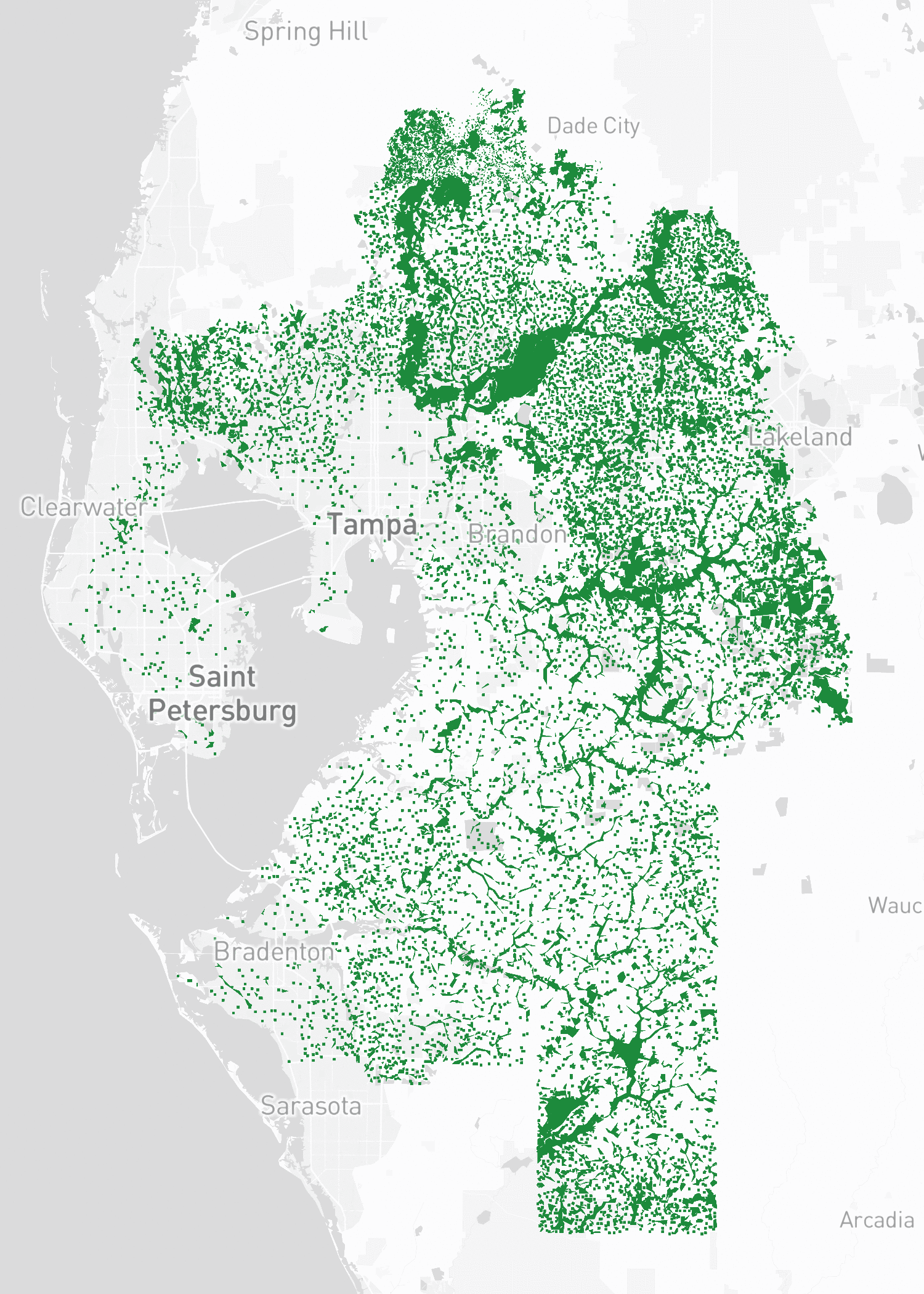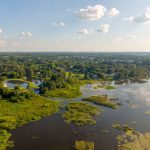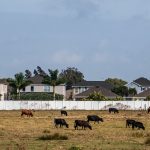Clean Water Act in Florida
The recent ruling by the U.S. Supreme Court in Sackett v. EPA has sparked concerns about the future of wetlands protection in Tampa Bay, Florida. This decision redefines the scope of protected wetlands under the Clean Water Act, with isolated wetlands now exempt from federal protection. We explore what this decision means for Florida’s environment and the stance of various stakeholders, drawing insights from the original article by Jack Prator from the Tampa Bay Times.
Mangroves populate an area on the eastern border of the Weedon Island Preserve in St. Petersburg on Tuesday. [ DOUGLAS R. CLIFFORD | TIMES ]
A Changing Landscape of Wetlands Protection
Before the Clean Water Act of 1972, Tampa Bay’s waters were polluted with raw sewage, sulfur dioxide, and other harmful substances. The Act has since played a vital role in cleaning up Tampa Bay’s waterways.
The new ruling narrows wetlands protection, raising alarm among environmental scientists and activists. They argue that even isolated wetlands significantly affect overall water quality and that the loss of federal protections will lead to more pollution and habitat destruction.
However, some state regulators and wetland experts remain optimistic about the state’s ability to maintain water quality standards.
Mangrove roots reach for the water at Weedon Island Preserve in St. Petersburg on Tuesday. [ DOUGLAS R. CLIFFORD | TIMES ]
State vs. Federal Oversight
In 2020, Florida took over wetland permitting from the federal government. Some believe that Florida’s regulations are stringent enough to maintain protection even without federal oversight.
Richard Chinn, a senior professional wetland scientist, commented that Florida’s rules are among the most rigorous in the country and that the recent ruling would not significantly impact the state.
Local water officials also express confidence in the current practices and the state’s ability to uphold water quality.
Concerns from Environmentalists
Despite the reassurances from some experts, environmental groups and researchers worry about the consequences of the federal rollback and the potential loss of vital wetlands.
Jaclyn Lopez, former director for the Center for Biological Diversity, warned about additional pollution and loss of habitat due to the ruling.
There are also concerns about potential flaws in Florida’s wetlands protection, particularly regarding small wetlands under half an acre.
This map shows the loss of wetlands in Tampa Bay from 1948 to 2008. A 2021 study shows that lakes and wetlands in the northern bay area have almost fully recovered, according to Tampa Bay Water. [LANGSTON TAYLOR | Times]
Looking Forward
The Supreme Court’s decision has exposed diverging opinions on the future of wetlands regulation in Florida. The complexity of this issue highlights the importance of vigilant monitoring and adaptability in state and local regulation.
For a more detailed insight into the issue, you can read the original article by Jack Prator in the Tampa Bay Times.
Mitigation Banking Group, with its vast experience in wetland mitigation credit and land conservation, continues to follow these developments closely. We are committed to aligning our efforts with the latest regulatory changes and supporting the sustainable use and conservation of Florida’s unique natural resources.


